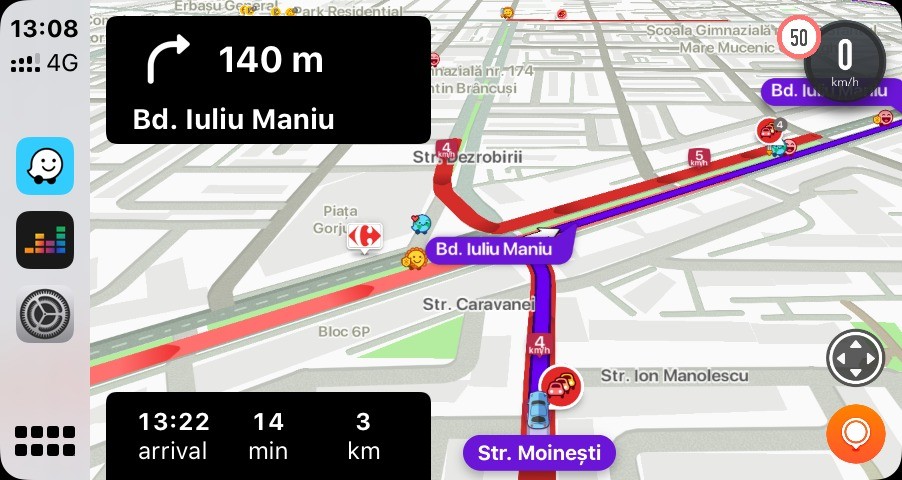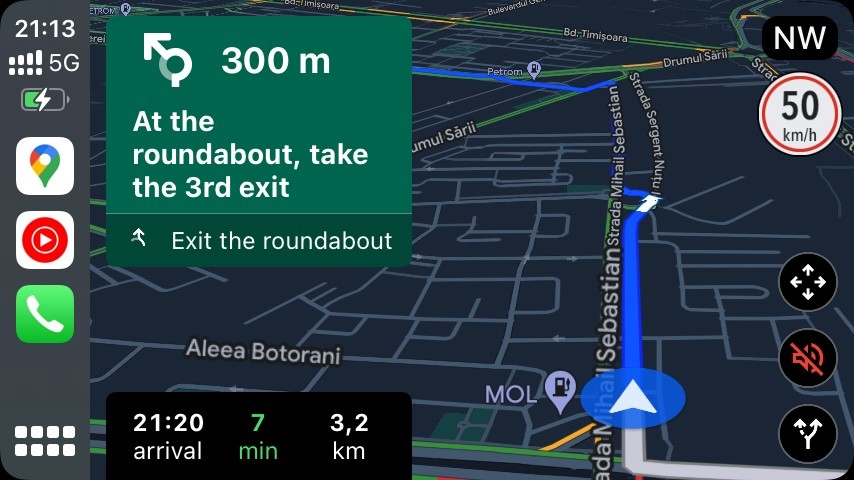Google Maps stands out as the premier mobile navigation app, enhancing every journey to a user-specified destination with efficiency and safety. Its provision of turn-by-turn guidance ensures precise navigation, directing users effectively to their intended destinations.
However, a notable drawback arises at the final destination point identified by Google Maps. Frequent users of the app may have encountered this issue: when navigating to a specific location, such as a hotel during travel, Google Maps occasionally directs users to an incorrect side of the building. As a result, users may need to navigate around the building, either on foot or by driving a few extra minutes, to reach the entrance.

This occurs because Google Maps lacks information about the precise location of building entrances, guiding users solely to the building’s address.
To address this limitation, Google has initiated efforts to improve its service. A recent implementation of this update has been spotted online, showcasing how Google Maps will indicate building entrances on the map.
At maximum zoom levels, each building, including hotels and restaurants, will feature an additional icon on the map denoting the entrance’s location. Users can then opt to navigate directly to the entrance, although it’s important to note that parking may not always be available at the entrance.
Many businesses, including restaurants and hotels, have dedicated parking areas or underground facilities, which may not be directly accessible from the entrance. In such cases, users can rely on Google Maps to provide additional information.
Moreover, once parked, the feature proves useful for guiding users directly to the building’s entrance on foot, with step-by-step instructions available.

While this feature is still in its early stages and has yet to be rolled out widely, it represents a promising development in navigation technology. Initially available on a limited set of Android devices, Google is expected to expand its availability to all users in the near future.
The comprehensive implementation of this feature will require substantial effort to map entrances for numerous buildings worldwide, likely involving collaboration with business owners to accurately define entrance locations.
This rollout is anticipated to commence gradually, beginning with major cities globally, where Google typically introduces its innovative features first, including prominent locations such as London, Las Vegas, New York, Tokyo, and Paris.

